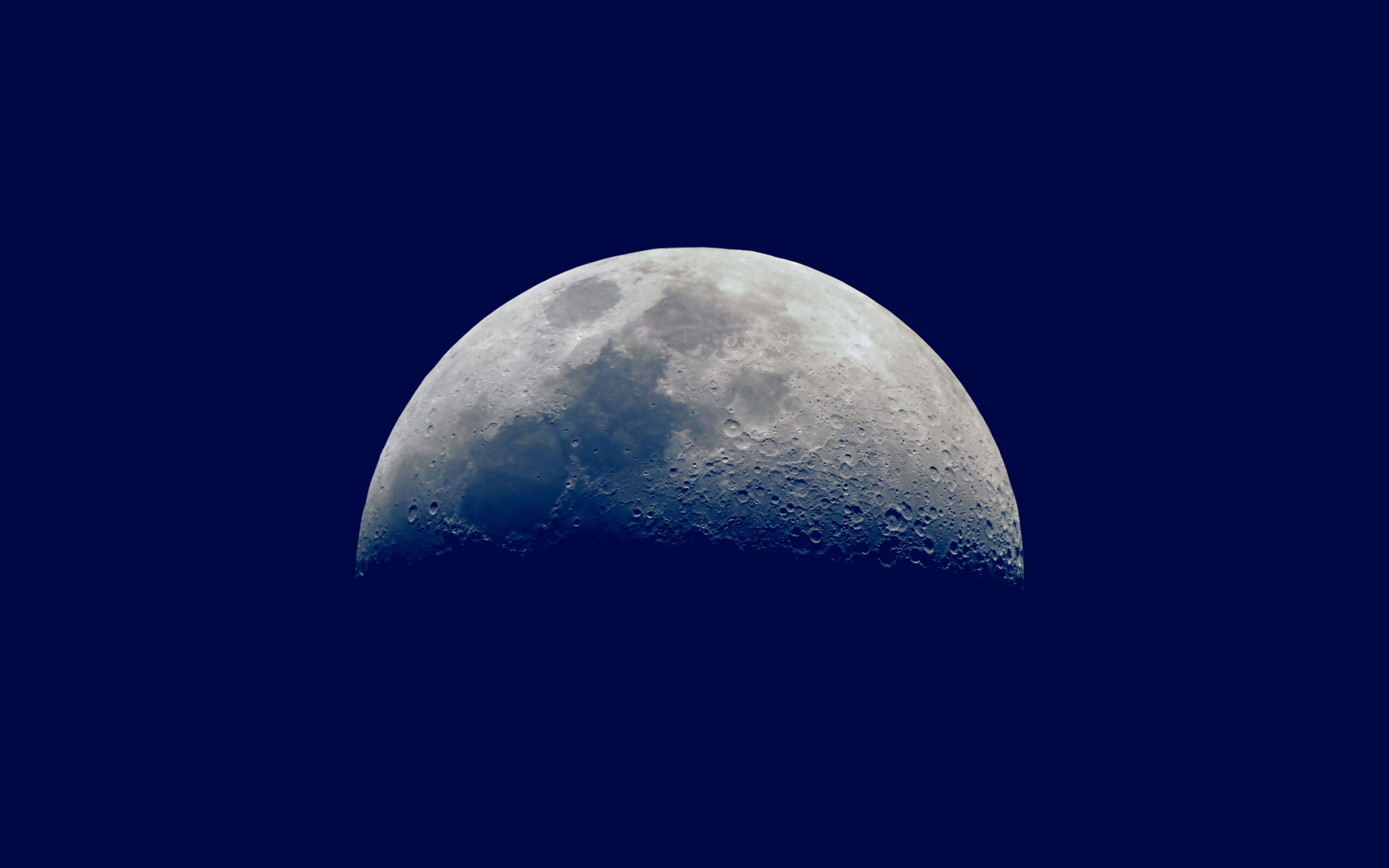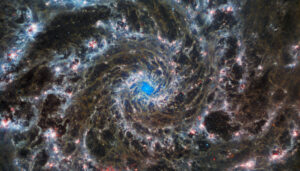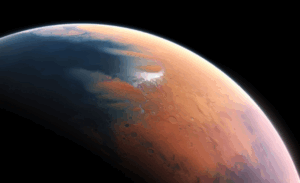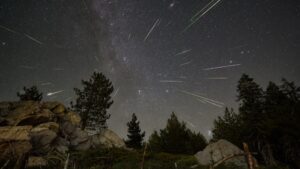The casual observer
December takes us into the season of Birak and brings with it the unwelcomely hot weather for the next few months. Fittingly, summer begins. Noteworthy are the late sunsets, as late as 7:25pm by the end of the month as summer really takes hold.
The Southern Cross is very low on the southern horizon during this time of year, even dipping partially below the horizon if you live a bit further north. Look above the cross to the southwest and you can see the Southern Birds – Pavo, Phoenix, Tucana and Grus.

Look to the east after sunset to see Orion – the Hunter, and Canis Major – the Big Dog in the sky, two of the iconic constellations of summer. At the neck of Canis Major is the star Sirius, the brightest in the night sky, often called the ‘dog star’. To the north, on the other side of Orion, Jupiter glows even brighter.

The Geminids meteor shower peaks on Dec 14. These meteors appear to emanate from the constellation of Gemini and the best time to view this meteor shower is before sunrise on the morning of Saturday December 14. In good conditions you may see a couple dozen meteors per hour.
On the evening of Dec 13 – 14 the Waxing Gibbous Moon is located right next to the Pleiades. You may wish to view the moon and Pleiades in the evening and get a good night’s rest before arising early for the Geminids peak. Nearby Mars and Jupiter make for a specatular evening of skywatching.

The meteors from the Geminids shower can be traced to the parent body asteroid 3200 Phaethon. This is unusual, as most meteor showers are caused by debris coming from comets, apparently similar, but actually quite different from asteroids.
It is thought that since Phaethon’s orbit takes it so close to the Sun at perihelion, the surface of the asteroid cracks and splinters under the intense heat, ejecting material off the body that eventually forms the objects in the Geminids shower.
Jupiter reaches opposition on Dec 8, meaning it will be located exactly opposite the direction of the Sun in the sky. Point one hand at Jupiter and the other towards the Sun and you will be pointing in opposite directions. This means Jupiter is rising as the Sun sets and will be up all night. This is the best time this year to see Jupiter because we are seeing it face on and at the closest distance to us. Don’t miss it in the northeastern sky after sunset backdropped by Taurus with nearby Aldebaran for contrast.

There are two New Moons in December, on the first and last day of the month. The second is sometimes called a Black Moon, and in some sense is the opposite of a Blue Moon – the name given to two New Moons in a month.
The summer solstice occurs on Dec 21, marking the beginning of astronomical summer in the southern hemisphere. This is the day on which the Sun passes directly over the Tropic of Capricorn, and appears at the highest point in the sky all year for people south of the equator, giving us the longest day of the year. Prior to Dec 21, the Sun has gradually been getting higher and higher overhead in the sky each day. It will reach a peak on the 21st and after that will start to move lower in the sky from here on out. This apparent stopping and reversal is where the word solstice comes from: sol = Sun, stice = stands still.
What’s in a name?
Harry Potter and the Prisoner of Azkaban gets off to a frightening start with the news that fearsome criminal Sirius Black has escaped from prison. Along with this development, Harry is being stalked by a mysterious black dog. The big twist later in the story is that the dog turns out to be none other than Sirius Black. But you already knew this since page 5, didn’t you? Sirius is the brightest star in the constellation of Canis Major, the big dog. It is even called the dog star. So, the name Sirius Black can almost literally be translated as ‘Black Dog’. Plot twist?
ISS sightings from Perth
The International Space Station passes overhead multiple times a day. Most of these passes are too faint to see but a couple of notable sightings* are:
| Date, time | Appears | Max Height | Disappears | Magnitude | Duration |
| 8 Dec 8:25 PM | 10° above NW | 88° | 10° above SE | -3.8 | 6.5 min |
| 10 Dec 03:46 AM | 10° above SW | 64° | 10° above NS | -3.7 | 6 min |
Source: Heavens above, Spot the Station
*Note: These predictions are only accurate a few days in advance. Check the sources linked for more precise predictions on the day of your observations.
Planets to look for
Venus continues to glow brightly in the eastern sky all month. It is getting quite far from the Sun in the sky and so is up until almost 10pm each night. It is joined by the fainter Saturn in the northeastern sky, up for another hour or two.
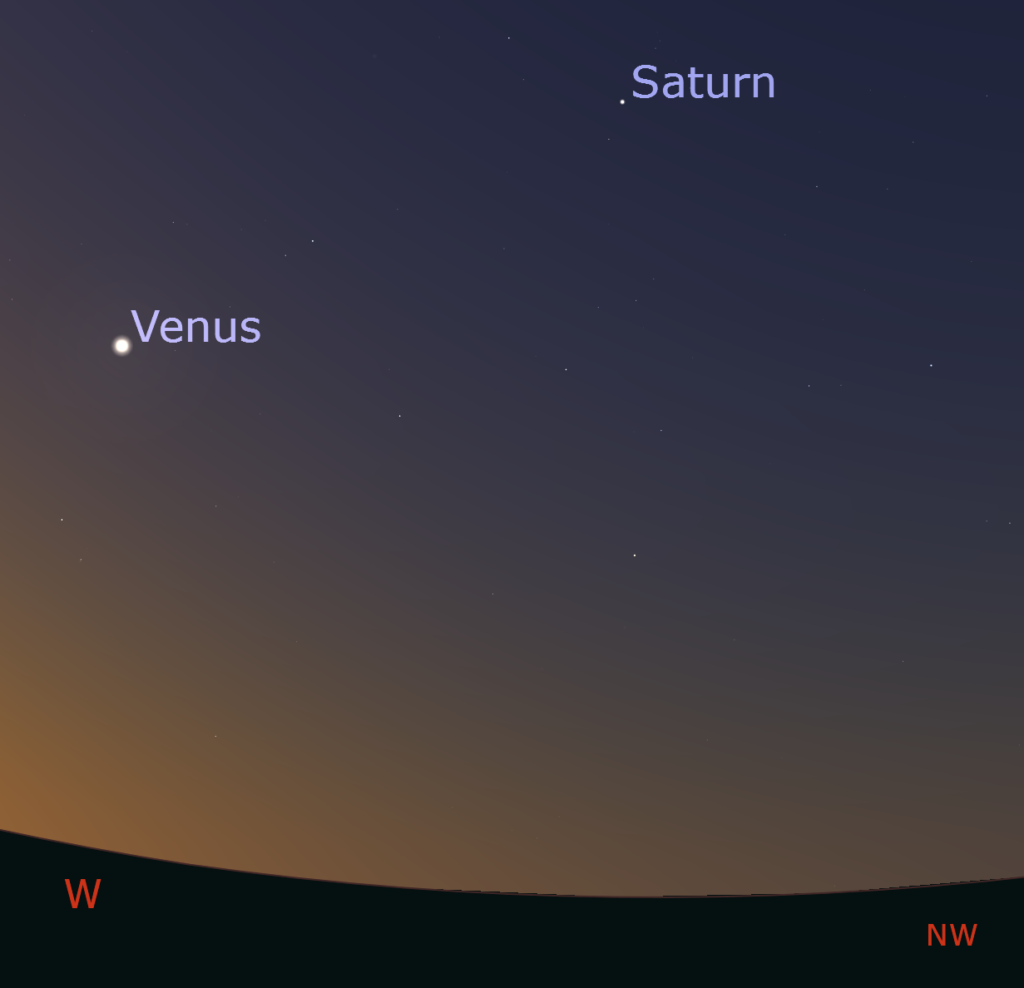
Mars and Jupiter are hanging around in the north and northeast during the evening. Meanwhile, Mercury is lost in the glare of the Sun for the first part of the month, appearing in the second half of the month in the hour or so before dawn.
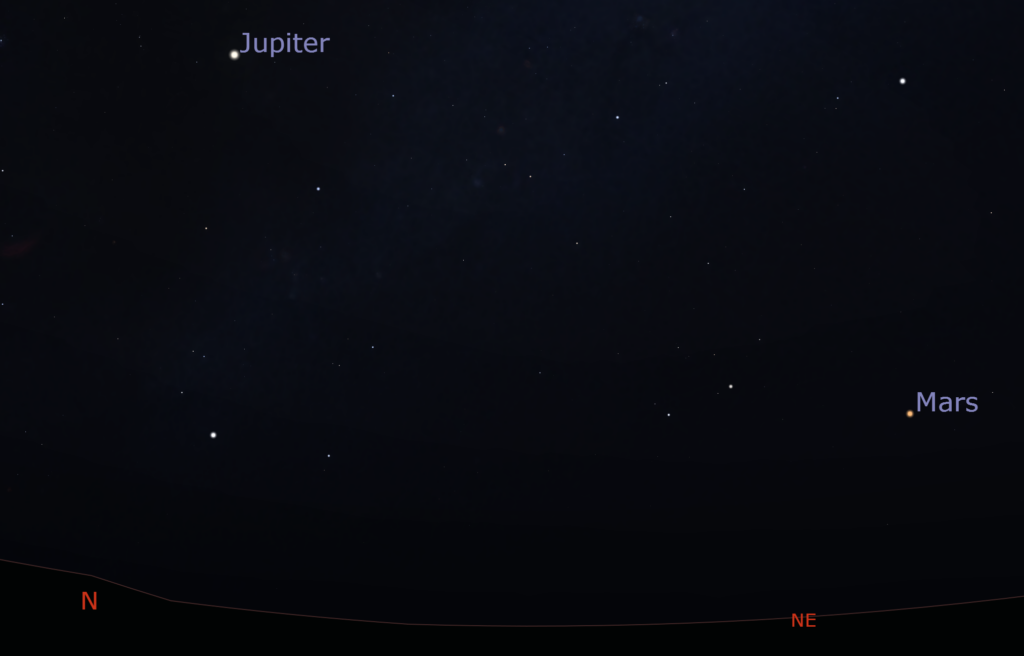
Constellation of the month
Cetus – The Sea Monster
Cetus is the fourth largest constellation in the sky and is visible high in the north-northwest during summer. A somewhat faint constellation, it is easiest to spot by looking for its two brightest stars: Beta Ceti (Diphda) – an orange giant of magnitude 2, and Alpha Ceti (Menkar) – a red giant of magnitude 2.5, located at opposite ends of the constellation. Then you fill in the blanks with a sea monster of your choosing.

Interestingly, the Alpha and Beta designations for Cetus are the wrong way round. Beta Ceti is the brightest star in the constellation, and Alpha Ceti the second, contrary to the usual Bayer designation system.
Realistically, the constellation was no doubt inspired by whales and other sea creatures, with the word ‘Cetacean’ deriving from Cetus and referring to the order of mammals that includes whales and dolphins.
Cetus appears in mythology in a stellar epic involving an enormous number of constellations. The story goes that Queen Cassiopeia and King Cepheus had angered Poseidon by boasting of the beaty of their daughter Andromeda. In response, Poseidon sent Cetus to destroy their land. The royal family offered Andromeda as a sacrifice to Cetus to appease the situation, but Perseus rode in on the winged horse Pegasus and slew Cetus to save the day. Did you keep up with all that?
Cetus is home to the wonderful star Mira. This is the first variable star ever discovered, around the late 16th – early 17th century. Astronomers noticed that the star’s brightness appeared to grow and dim over a period of many months, leading the Polish astronomer Johannes Hevelius to describe it as “wonderful” (Mira).

Mira is now understood to be a pulsating giant star, expanding and contracting over a period of about 11 months. As the star contracts, its outer atmosphere compresses and heats and the star appears brighter. The hot compressed gas then expands and cools again, and the star gets dimmer and the process repeats. Eventually the star will throw off its outer atmosphere into a planetary nebula.
Cetus is also home to the Claw Galaxy (NGC 247), a spiral galaxy about 10 million light-years away. The Claw Galaxy is so named because the apparent absence of bright stars in one of its spiral arms leads to a visual void in the appearance of the galaxy, making it look like it has an unusual claw extending from it.

Curiously, apparently pointing toward the Claw Galaxy, but physically more distant and unrelated, is the line of galaxies called the Burbidge Chain. This group of much more distant galaxies is in the same field of view as an image of the Claw Galaxy.

Object for the small telescope
Jupiter
Jupiter makes for excellent viewing for the next few months and December is the time to make the most of it. Seeing Jupiter face on and at closest approach means this is the best time of year to view the planet. Even in a modest telescope you should be able to see several of its largest moons too.

Messier 77
M77 is a magnitude 9 spiral galaxy almost face on to us. Located about 47 million light years away, it presents a challenging but rewarding target for the keen observer.

Messier 77 is an active galaxy, the term given to a galaxy with unusually high activity and emissions at various wavelengths coming from the core of the galaxy, usually powered by a supermassive black hole right in the middle.
Why Did Arecibo Collapse?
This was the Arecibo Telescope.

The telescope consisted of a 305-metre diameter dish constructed in a sunken volcanic crater naturally curved to the right shape, suspended over which was a receiver to collect radio waves focussed by the dish. From its construction in 1963 until 2016 (when the Five Hundred Metre Aperture Telescope was built in China) it was the largest single-aperture telescope in the world.
You may recognise the Arecibo Telescope as the set piece for Trevelyan’s’ lair in the James Bond film Goldeneye.

Arecibo was involved in many significant events in the history of astronomy, including the discovery of the first planets around another star, the beaming of the Arecibo message – a message about humanity to any potential extraterrestrials that may be listening out there – in the direction of globular cluster Messier 13, and the imaging of asteroid 3200 Phaethon, the parent body of the Geminids meteor shower.
The last two objectives were achieved by Arecibo’s unique ability to broadcast rather than just receive. “Normal” radio telescopes passively receive radio waves coming from sources in space, while Arecibo was fitted with transmission capability to send radio waves out into space and then listen for the ‘echo’ of the radio waves off objects in the Solar System, a technique called radar astronomy.

Troubles with the telescope appeared in August 2020, when one of the cables suspending the 800-tonne receiver above the main dish sprung loose from its socket and lashed into the dish, tearing open a 30m long gash and increasing the load on the remaining support cables. The National Science Foundation deemed it was too dangerous to repair safely and so began plans to decommission the telescope, but upon hearing word of this, the telescope decided to retire itself early before anybody else could have any say in the matter.
After 4 years of investigation, the National Science Foundation has released its report detailing why the observatory collapsed. The answer seems to be Arecibo’s unique capabilities itself: transmitting radio waves.
The transmission antennae at Arecibo are very powerful, and the conclusion is that as the telescope was broadcasting radio waves into space, the high radio intensity caused electric currents to flow within the metal cables suspending the huge receiver above the dish. The cables were anchored in place by a zinc block in a joint called a spelter socket, where cables are fed into a cavity before being secured in place by the pouring of molten zinc.

Over time, the high energy radio waves accelerated the degradation of the zinc block, a process called zinc-creep, and in a slow but steady operation kicked off by damage sustained during hurricane Maria in 2017, the cabled pulled free. It is worth noting the cables themselves didn’t break, so much as pulled free of their anchor in the first known instance of this sort of zinc joint failing.

Unfortunately, at an estimated cost of nearly $500 million, the National Science Foundation has decided not to replace the observatory. A significant piece in the history of science and there it will now remain.



